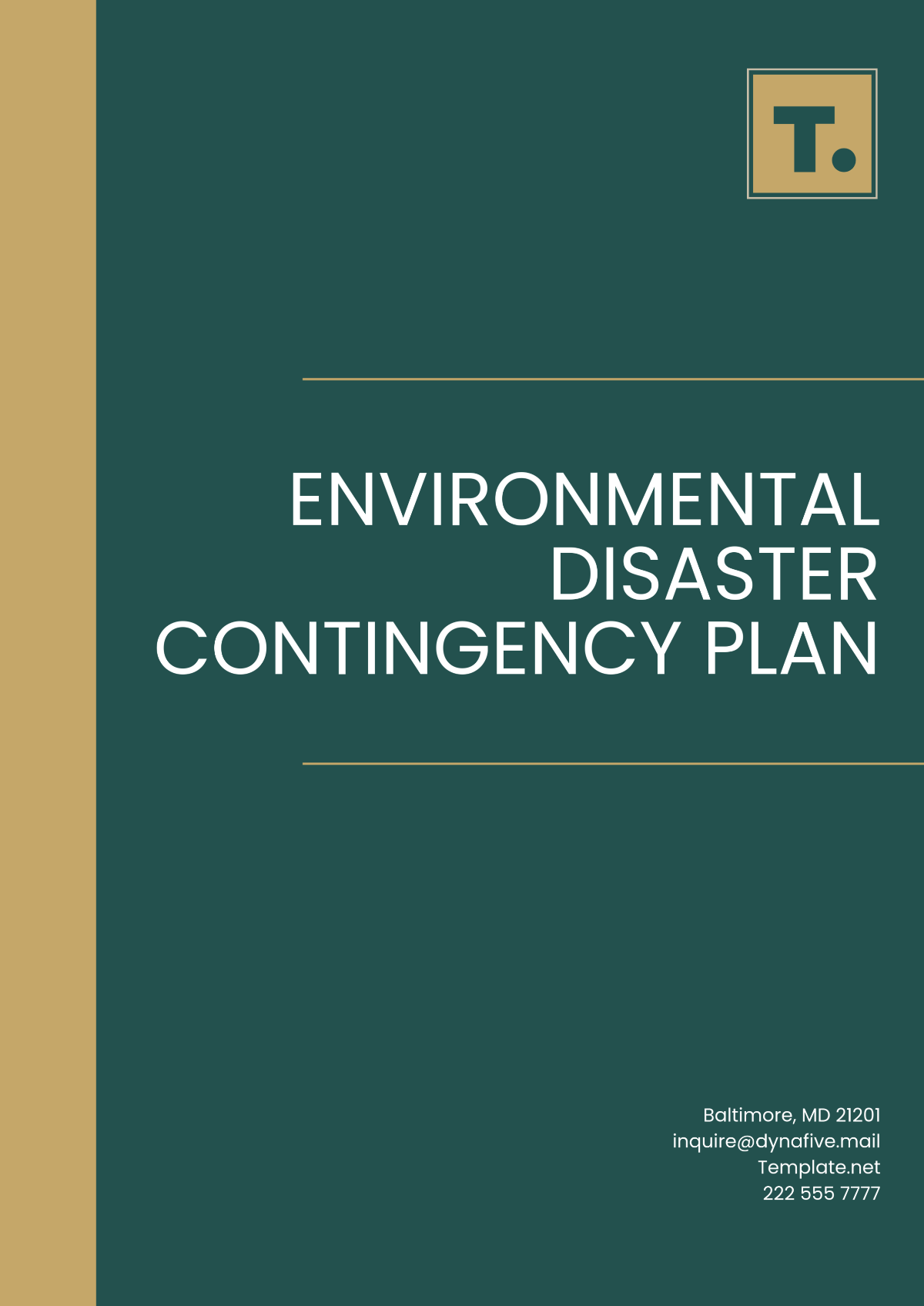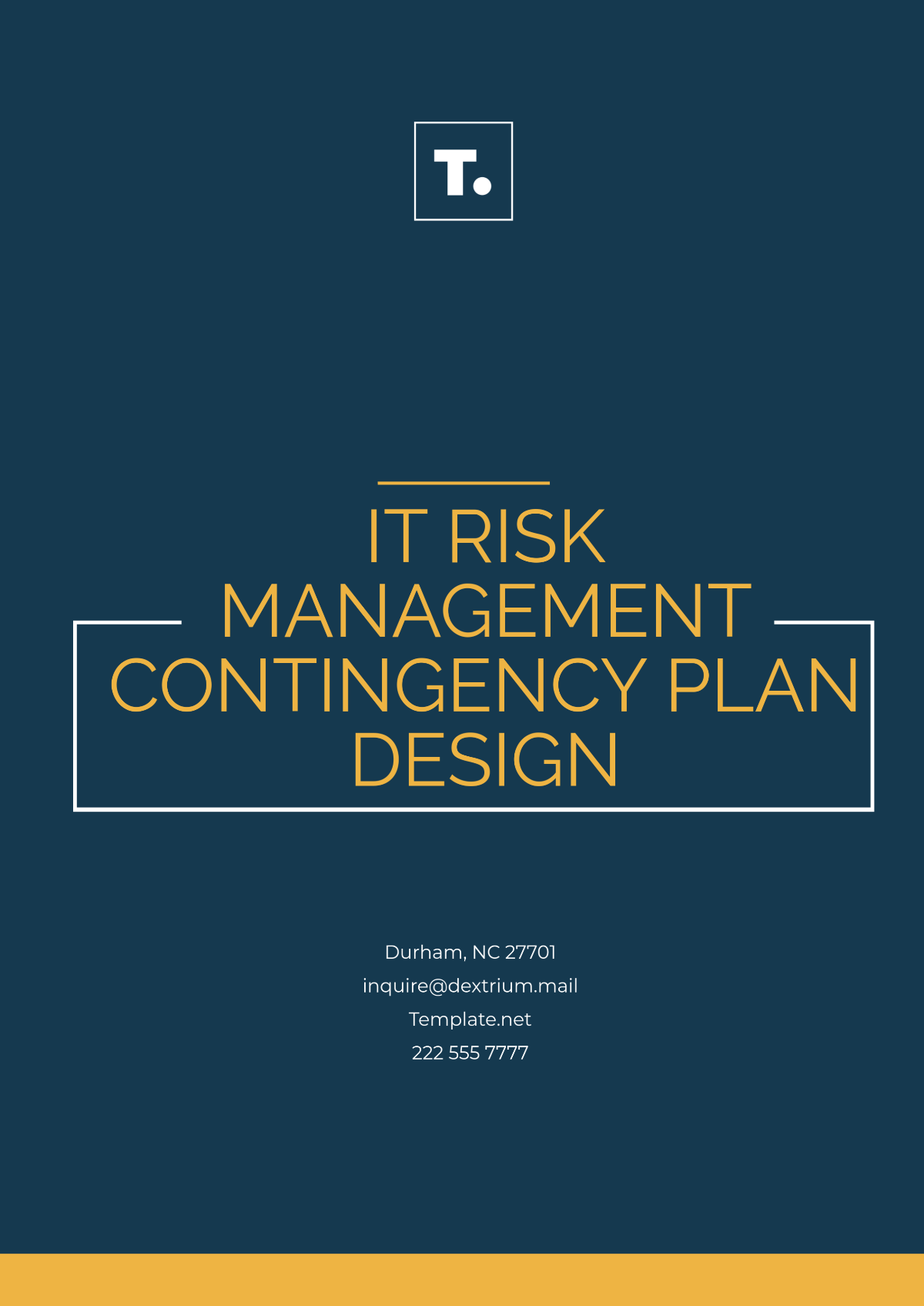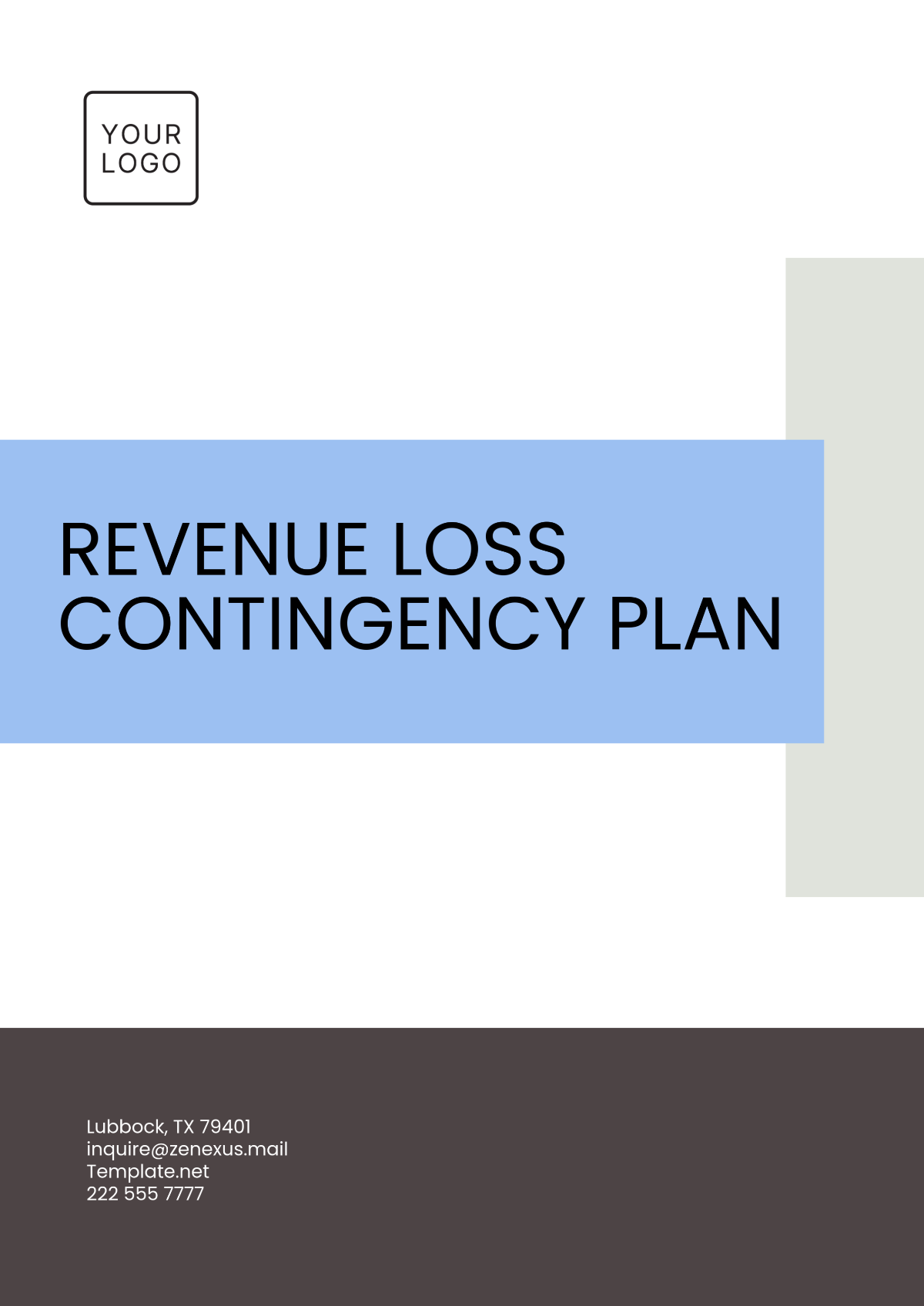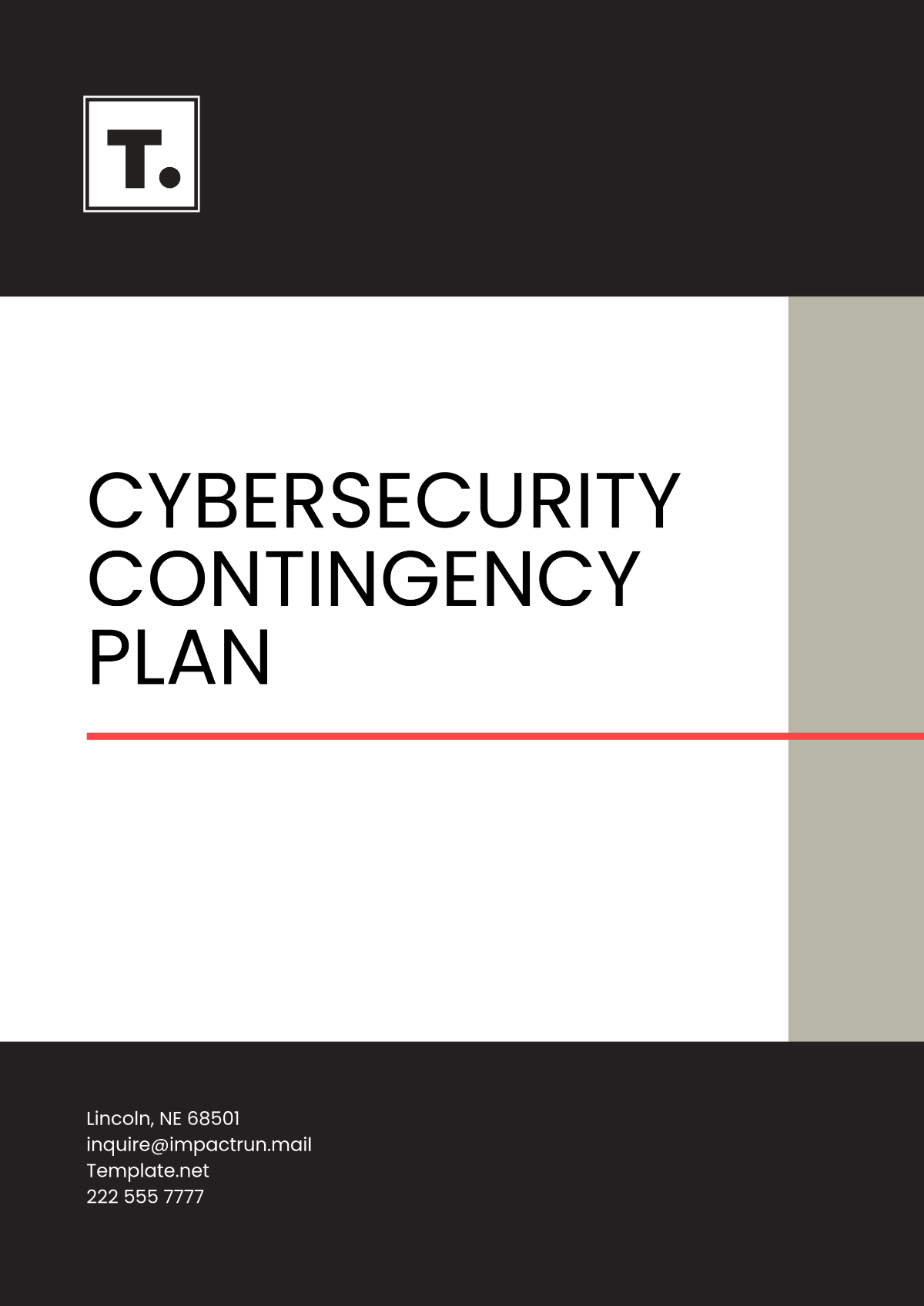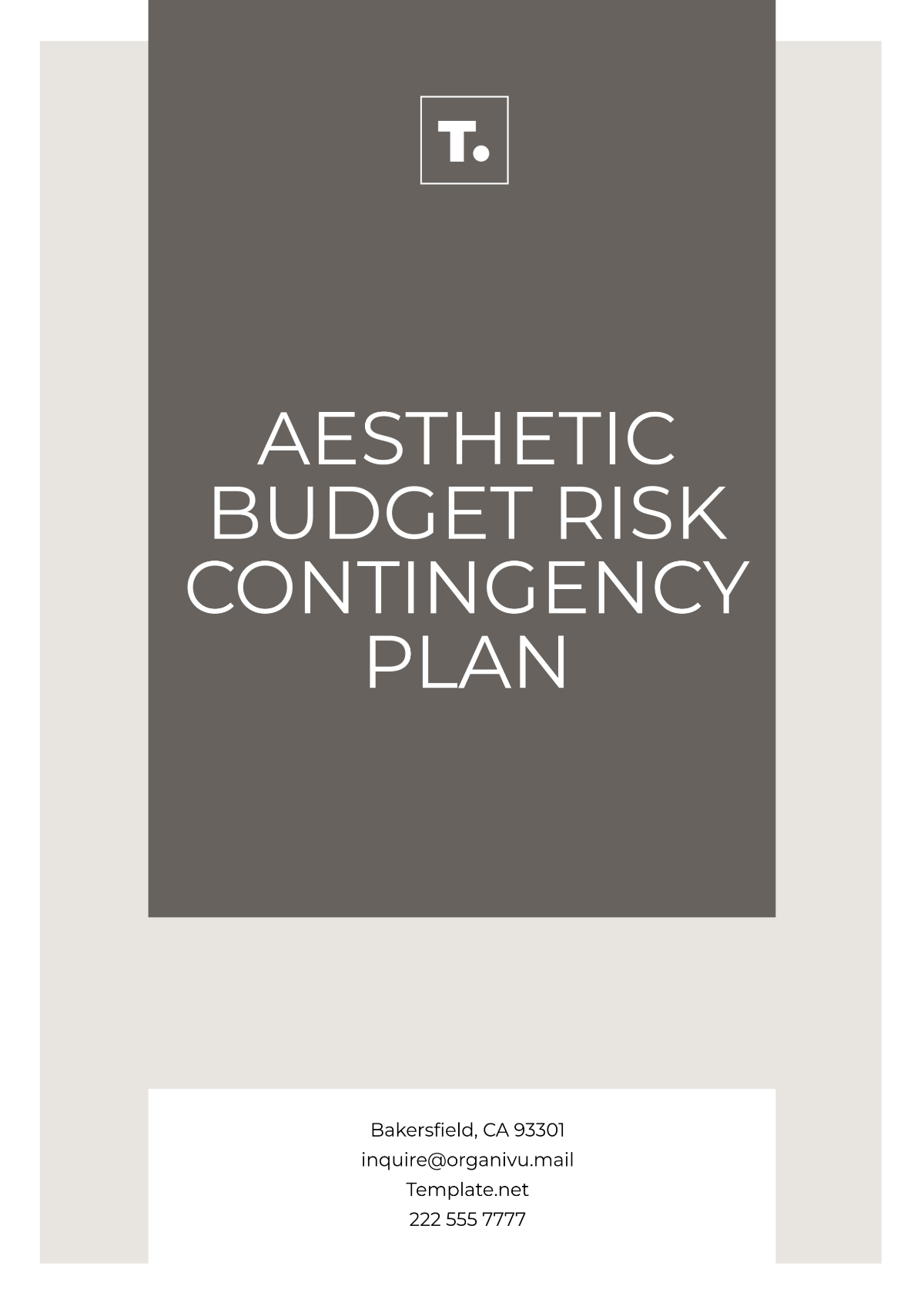Simple Manufacturing Contingency Plan
Prepared By: [Your Name]
Date: January 8, 2060
This straightforward Manufacturing Contingency Plan is intended to ready our operations for unforeseen interruptions by outlining specific roles, responsibilities, and procedures to manage risks and enable quick recovery, safeguarding our employees' safety and product integrity.
I. Risk Assessment
Our risk assessment identifies potential disruptions that could impact operations. These include:
Supply Chain Interruptions: Delays in raw materials or component shipments.
Equipment Failures: Unexpected breakdowns of critical manufacturing machinery.
Cybersecurity Threats: Unauthorized access or attacks on our IT systems.
Pandemic or Health Crises: Widespread illness affecting workforce availability.
Natural Disasters: Natural disasters like earthquakes, floods, or hurricanes may affect our facilities.
A. Assessment Timetable
Risk assessments are scheduled to be conducted twice each year, with the upcoming evaluations planned to take place in the month of March in the year 2060 and again in the month of September in the same year, 2060.
II. Response Procedures
For each identified risk, specific response procedures have been developed to manage and mitigate impacts effectively. These include:
Supply Chain Interruptions: Start establishing agreements with alternative suppliers for supply continuity. Adjust transport logistics as needed to maintain efficiency and meet demand.
Equipment Failures: Deploy on-call tech teams for quick issue response and secure temporary equipment from rental providers for operational needs.
Natural Disasters: Implement site-specific evacuation procedures. Ensure backup utilities are accessible.
Cybersecurity Threats: Activate IT lockdown protocols. Inform cybersecurity consultants for immediate response.
Pandemic or Health Crises: Adjust workforce to remote work where feasible. Implement on-site health monitoring.
III. Resources and Responsibilities
For each contingency scenario, resources and responsibilities are allocated to ensure prompt action:
Scenario | Responsible Personnel | Resources Allocated |
|---|---|---|
Supply Chain Interruptions | Logistics Manager | Supplier Database, Alternative Transport Services |
Equipment Failures | Maintenance Head | Mobile Tools, On-call Technicians |
Natural Disasters | Site Operations Manager | Evacuation Kits, Emergency Power Generators |
Cybersecurity Threats | IT Security Officer | Firewall Systems, Cybersecurity Consultant Access |
Pandemic or Health Crises | HR Director | Health Tracking Systems, Remote Work Tools |
IV. Communication Plan
Effective communication is critical during any crisis. Our communication plan ensures that all stakeholders are informed and aligned. The protocol includes:
Internal Communication: A briefing should be conducted immediately for all the department heads who are affected, and thereafter, updates should be sent via email every four hours.
External Communication: Develop and distribute press releases as well as provide customer service updates within 24 hours after confirming the incident.
V. Recovery and Continuity
Strategies are in place to restore normal operations quickly:
Post-Incident Analysis: Thoroughly analyze the root causes of the current issue to better understand them, and then create and apply strategies to prevent similar problems from occurring again.
Business Continuity Plan Activation: If needed, move the production activities to unaffected facilities, utilizing a workforce flexible enough to adapt to various roles and tasks in light of the changes.
Regular Drills: Organize and execute practice exercises on two separate occasions each year to guarantee preparedness and improve operational methods and protocols.




